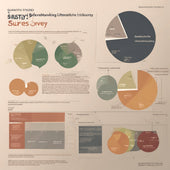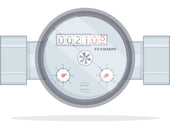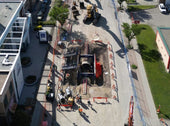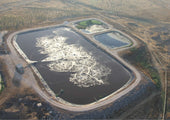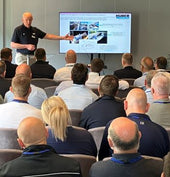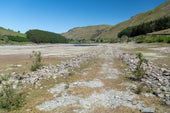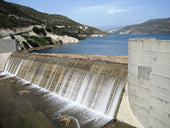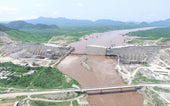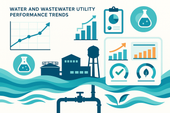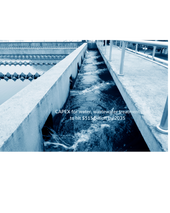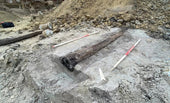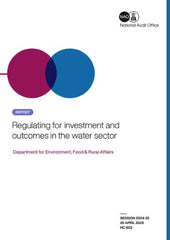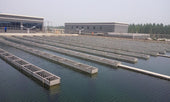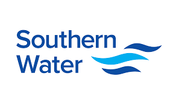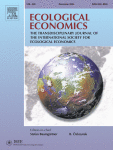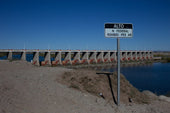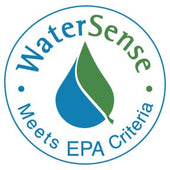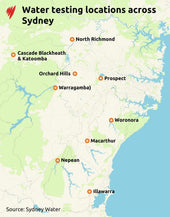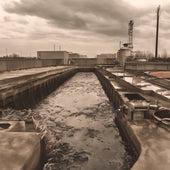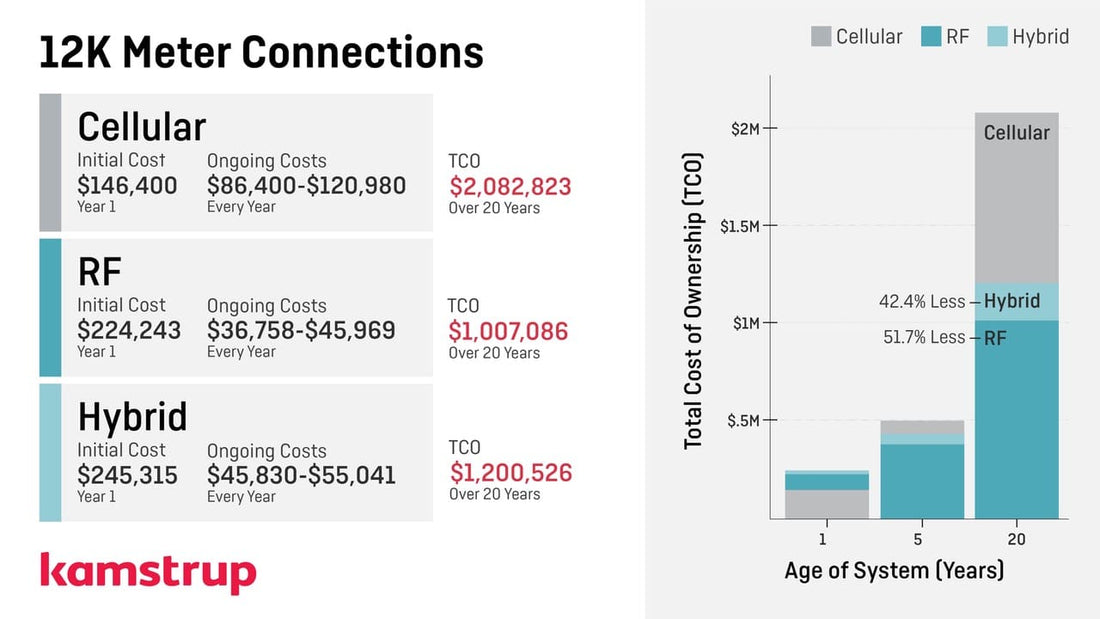
Maximizing Your Water Utility’s Investment: A Deep Dive into Total Cost of Ownership
Why Total Cost of Ownership Matters
For water utilities, smart investment decisions require a long-term perspective. Total Cost of Ownership (TCO) is a framework that reveals the true value of investments beyond initial costs. When embarking on a significant investment, a TCO comparison provides a visual tool to fairly evaluate system costs.
TCO calculates the total cost of owning and operating a system over its expected lifetime—20 years for a typical AMI project. It’s not just about the initial cost of meters or software; it includes installation, maintenance, and replacement costs and factors in the savings you’ll unlock along the way.
Key TCO Levers:
The TCO equation consists of fixed and relative values. The fixed items include costs for meters, software, infrastructure, installation, and maintenance. Relative values include system details like number of meters, system size, etc.
All variables fall under three considerations.
- Investment in Hardware and Installation: This value calculates the comprehensive cost of buying and installing new hardware. It considers the cost of the products and systems being evaluated and associated hardware and infrastructure costs.
- Ongoing Costs of Software: Software costs are not always static. This value considers the long-term costs of software licensing.
- Quality and Maintenance: We estimate how much your utility will spend to maintain and/or replace broken or faulty meters. We factor in warranties and warranty disclaimers, among other factors.

A TCO analysis delivers a snapshot of costs over the life of the system, illustrating what may not be evident in the initial costs. The above illustrates a simple comparison of AMI networks. As we might expect, the initial deployment costs of a cellular system are quite low, while the long term TCO is more than double that of an RF or hybrid network.
By looking at these factors holistically, TCO reveals the long-term costs that a simple price comparison might miss.
Leveraging TCO Analysis
The TCO approach is more than a number-crunching exercise; it’s a game-changer in real-world scenarios:
- Evaluating RFPs: Reviewing proposals is time-consuming but crucial. A detailed TCO analysis enhances transparency, allowing utilities to compare costs effectively.
- Gaining Approval from Finance Teams: Finance professionals may not be experts in water distribution networks, but they know spreadsheets. A TCO analysis translates tech and infrastructure investments into terms financial teams can appreciate.
- Persuading Boards and City Officials: Non-water stakeholders care about the bottom line. A TCO analysis delivers decisions in a format they can trust.
TCO Tools Work for You
What makes Kamstrup’s TCO analysis most impactful is its personalization. The calculations are customizable, data-driven, and utility-dependent. Here’s how it works:
- Tailored Inputs: We start with your specifics—primarily the number of end points in your system—and add distributor inputs like meter and infrastructure costs.
- Comprehensive Analysis: The calculator factors in everything—initial costs, ongoing software fees, inflation, meter replacement cycles, and even failure rates (just 0.25% annually for Kamstrup).
- Actionable Outputs: When all is entered, you’ll receive a total cost of ownership according to the timeline you set.
For example, a utility with 75,000 connections might see a TCO of $10.9 million over 20 years with a third-party cellular system, compared to $1.4 million with Kamstrup’s RF solution (87.2% savings).

Insights from TCO: RF Fixed Network vs. Full Cellular Costs
When choosing between an RF fixed network and a complete cellular AMI system, TCO reveals differences that can make or break your budget:
- Cellular: The upfront costs look appealing—meters come with built-in communication, and deployment feels effortless with no infrastructure planning. However, ongoing expenses, like $0.50–$0.80 per meter per month, add up quickly. For a 12,000-connection utility, cellular is 48% more expensive than RF over 20 years. Plus, there’s a hidden cost Badger cellular users can’t avoid: box lid replacements.
- RF Fixed Network: Kamstrup’s RF solution leverages existing cast iron lids, saving utilities expense and hassle. It’s the lowest TCO option for most utilities, assuming coverage (which our propagation studies guarantee). For a
75,000-meter utility, RF slashes TCO by 87.2% over cellular.
- Hybrid (RF/Cellular): This blends the best of both worlds—high read rates at a reduced cost. A hybrid system still benefits from RF’s lid compatibility, minimizing replacements while optimizing performance. That same 75,000-meter utility delivers a 77% TCO savings over full cellular.
Visit Kamstrup for a personalized TCO analysis. [Start Here]
The post Maximizing Your Water Utility’s Investment: A Deep Dive into Total Cost of Ownership appeared first on Water Finance & Management.



